Angioplasty is an invasive procedure that includes the mechanical widening of a narrowed or obstructed blood vessel. These changes in blood vessels generally occur as a consequence of atherosclerosis.
During the procedure, an empty and collapsed balloon on a guide wire (a balloon catheter) is passed into the narrowed blood vessel. What follows is the inflation of the balloon to a fixed size. The balloon mechanically removes the fatty deposits (crushes them) and widens the blood vessel, which consequently leads to better blood flow.
After the desired effects are achieved the balloon is deflated and removed. To prevent the recurrence of plaque doctors use stents. These artificial tubes do not allow the build-up of plaque and allow blood to flow normally.
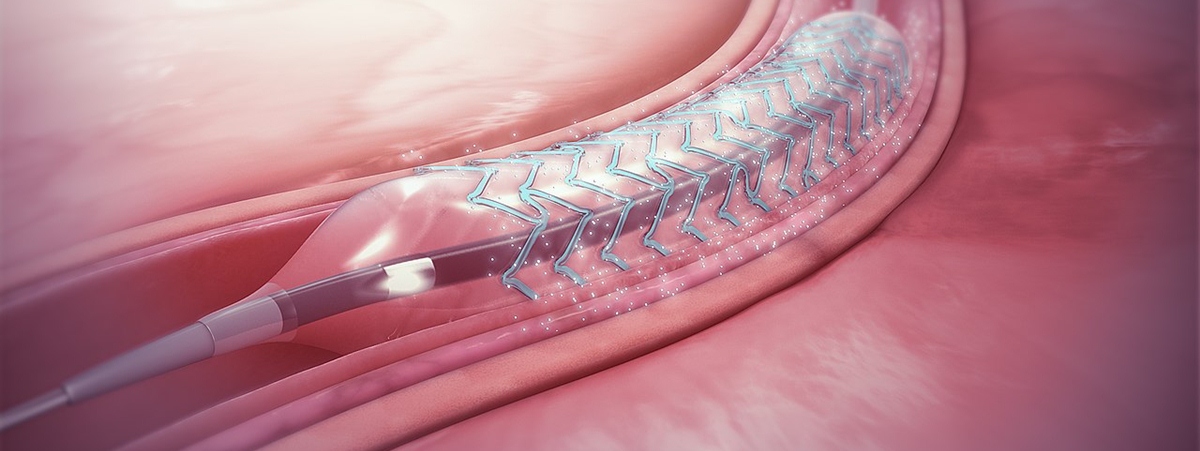
In the United States, angioplasty is performed in more than 1 million people each year. Apart from balloon angioplasty, there are several more types of angioplasty and they include laser angioplasty, atherectomy, and coronary stenting.
- This cross-sectional study was performed on 106 patients undergoing coronary angioplasty during 2015-2016. This study population included all patients who referred to a cardiac clinic in Rasht, Iran, were passed 3 months after their angioplasty.
- Research samples met the inclusion criteria and were willing to participate to the study, were selected gradually (continually). Research tools were a self-structured questionnaire regarding factors associated with the quality of life and the MacNew quality of life questionnaire. Data were collected through asking patients questions and using patient’s medical records. Data analysis was conducted using descriptive and inferential statistics.
- The results of multivariate linear regression analysis showed that independent variables of age (P = 0.0001), the number of diseased vessels (P = 0.0001), and the number of comorbidities (P
- Cardiovascular diseases (CVDs) have still remained the most common diseases and the leading cause of death worldwide. It has been predicted to be the cause of 30.5% of the world death toll by the year 2030. In Iran, CVD is one of the main causes of mortality and morbidity and the first cause of death in people over 45 years (26% of the total deaths).
As in any other invasive procedure, apart from benefits, there are also certain side effects. This is why all the patients who undergo angioplasty must be introduced to all the positive and negative effects of the procedure.
Advantages of Angioplasty
The most significant advantage of angioplasty is the removal of the blockage from the arteries. It is effective in both, partial or total removal of the plaques from the affected blood vessels. Furthermore, by getting rid of the plaques, the blood flow in the particular blood vessel is improved. This subsequently improves the symptoms associated with an insufficient supply of blood in certain body parts.
The most significant improvement is achieved in the case of coronary heart disease. Angioplasty is also good for the prevention of heart attacks. The procedure carries less risk compared to open heart surgery. It also provides long-term positive effects since once the stents are placed into the affected artery they keep the artery open and prevent regrowth of plaque.
Disadvantages of Angioplasty
It is estimated that only 5-6% of all patients face some side effects of the procedure and lethal outcome is reported in 1% out of all patients.
The most common side effects of angioplasty are bruising and bleeding at the site of catheter insertion. In people with underlying kidney disorders, angioplasty may induce certain problems. One more side effect is an allergic reaction to dyes administered during the procedure.
The risk is generally increased in people older than 75, and patients suffering from diabetes, extensive heart disease, and those with blood clots in coronary arteries. The procedure also carries a risk of damage to the nearby blood vessels and heart valves. And finally, in some cases, re-narrowing the arteries is possible.
- www.nhs.uk/conditions/coronary-angioplasty/
- medlineplus.gov/angioplasty.html
- Photo courtesy of https://www.scientificanimations.com/ via Wikimedia Commons: commons.wikimedia.org/wiki/File:Drug-eluting_stent.jpg


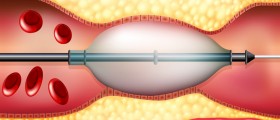
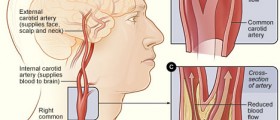


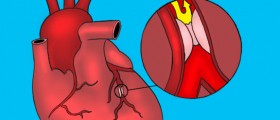



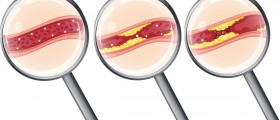
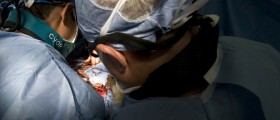

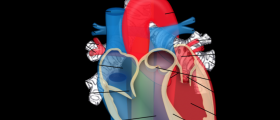
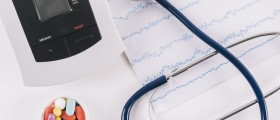


Your thoughts on this
Loading...